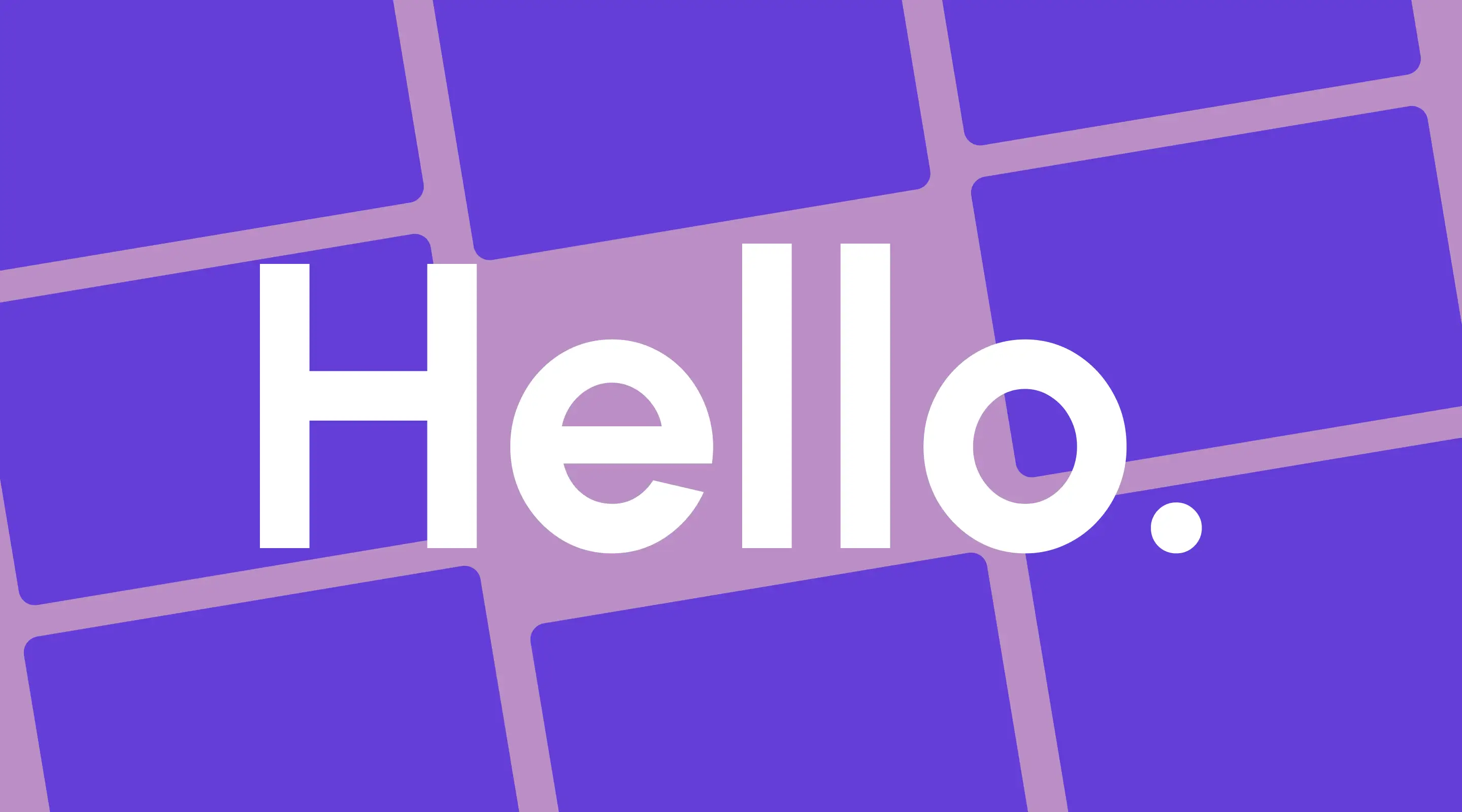Why Typography Is Important For Your Website
Typography plays such an important role as it affects how a user reads and understanding the content on your website.

What is Typography in Design?
Typography is the art and science of arranging text to make written language clear, readable, and visually appealing. It goes beyond choosing fonts — it’s about how text communicates emotion, structure, and hierarchy across digital and print design.
In web design, good typography guides users’ eyes, improves comprehension, and builds trust.
At ALF Design Group, we often say: typography is the backbone of great UX.
Why Is Typography Important in Web Design?
Typography directly affects how users experience your website. It determines how information is presented, how easily it’s read, and how professional your brand appears.
When done right, typography:
- Improves readability and legibility
- Creates a visual hierarchy that guides attention
- Strengthens brand identity and emotion
- Enchances accessibility and user trust
Bad typography, on the other hand, can make even the best design feel unprofessional and confusing.
What Are the Main Components of Typography?
Typography involves several key elements that work together to create balance and clarity.
1. Typefaces and Fonts
- Typeface: It is a family of related fonts (eg. Urbanist, Poppins) - You can find them on Google Fonts
- Font: The specific style and size within the typeface (eg. Urbanist Bold, 14pt)

Tip: Choose a pair of typefaces that contrast well — one for headings and another for body text.
Explore our guide on The Best Google Fonts for Web Design
2. Hierarchy and Contrast
Visual hierarchy helps readers know what to read first. Use contrast, such as size, weight, and colour, to separate headings, subheadings, and paragraphs.
Example:
- H1: 48px, Bold
- H2: 32px, Semi-Bold
- Paragraph: 18px, Regular

This simple structure helps users scan your content easily.
3. Alignment
Alignment creates structure and flow. Common types include:
- Left-aligned: Most readabile for body text
- Center-aligned: Ideal for short text or titles
- Right-aligned: Creative or minimal layouts
- Justified: Clean edges, but requires careful spacing adjustments

4. Spacing
Spacing makes typography breathable and easy to read.
- Leading (Line-Height): Vertical spacing between lines of text
- Kerning: Space between each individual characters
- Tracking: Consistent spacing across a block of text
Good spacing improves both aesthetics and usability, especially across mobile devices.

5. Readability and Legibility
- Readability: How easy it is for readers to understand your text. (Influenced by font choice, size, and line length.)
- Legibility: How clearly each character can be distinguished
A clean sans-serif like Inter or Urbanist is ideal for body text, while display fonts can enhance titles or creative headings.

6. Colour & Emphasis
Colour helps establish tone and hierarchy.
Use high contrast (like dark text on light backgrounds) for accessibility, and consistent colour accents to emphasise key messages.

What Makes Good Typography?
Good typography balances form and function — it’s not just about beauty, but about communication.
A well-designed typographic system should:
- Reflect your brand’s voice
- Maintain consistent rhythm and hierarchy
- Adapt across screen sizes (responsive typography)
- Support accessibility and multi-language use
In short: good typography feels invisible — it just works.
Common Mistakes in Typography
Many beginners overlook these common errors:
- Using too many fonts (limit to 2–3 max)
- Poor contrast between text and background
- Tight or uneven spacing
- Ignoring mobile readability
- Using decorative fonts for body text
How to Choose the Right Typeface for Your Website
- Start with your brand personality: Modern, classic, or playful?
- Check readability: Try sample paragraphs in your font.
- Pair wisely: Contrast serif and sans-serif for balance.
- Test on different devices: Ensure text scales well across screen sizes.
Example:
For tech brands — Inter, Roboto, Urbanist
For creative brands — Playfair Display, Poppins
FAQ: Typography for Web Design
What is the best font size for website body text?
Most web designers use 16px to 18px for body text for optimal readability.
Should I use custom fonts or Google Fonts?
Google Fonts are ideal for performance and SEO. Custom fonts can enhance branding but may slow down page load times if not optimised.
How does typography affect SEO?
Good typography improves engagement metrics like dwell time and bounce rate — both are signals Google considers for ranking.
What are the latest typography trends in 2025?
Minimalist sans-serifs, large hero typography, variable fonts, and fluid responsive scaling.
How many typefaces should a website use?
Stick to two main typefaces — one for headings and one for body text — to keep visual harmony.
Conclusion
Typography is a critical component of visual communication and design.
When typography is used effectively, it does wonders to the overall aesthetic of your website design.
If your website’s typography feels off, our team at ALF Design Group can help refine it through UX-driven design and Webflow development.
{{upgrade-website="/directory"}}
Related Articles

The Role of Web Design in Building Your Brand
Discover how web design influences brand identity, trust, and conversion rates.

Mobile-First Web Design: Best Practices for 2025
Essential 2025 best practices for responsive mobile-first website design in Singapore.
Launch Your Next Website.
Ready to elevate your online presence with a trusted web design agency in Singapore?


